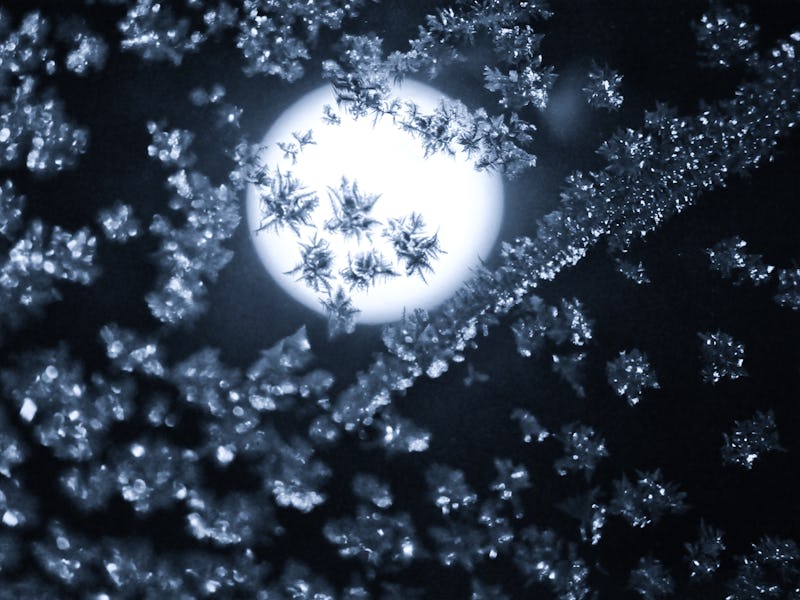You need to see the Full "Cold" Moon of 2020 this week
The 'Cold Full Moon' will be the last of the decade.

CELESTIAL OBJECTS COME AND GO FROM THE NIGHT SKY. Whether it be the Full Moon, a meteor shower, or just the best night to see Mars, we're here to direct your eyes skyward and tell you to look up and appreciate the wonders of space from Earth.
This week, we're asking you to marvel at the last Full Moon of the decade as it appears opposite of the Sun, shining at its brightest in the night sky.
The last Full Moon of 2020 marks the end of a decade, and a rather rough year. The year's last Full Moon also happens to be the unlucky number 13 after we witnessed two Full Moons during the month of October.
When is the December 2020 full moon?
The Moon will appear at its brightest on Tueday, December 29, at 10:28 p.m. Eastern, but will still shine brightly on December 30.
However, outside of North America, the rest of the world will witness the brightness of the Full Moon on December 30 at 03:28 UTC.
December's Full Moon is known as the Cold Moon because it is the first of the winter season. It is also known as the Long Night Moon since it falls shortly after the winter solstice, which is marked by shorter daylight.
Others refer to December's Full Moon as the Wolf Moon as wolves are known to howl in the middle of the night during the cold season.
The Moon's brightness waxes and wanes as it orbits the Earth.
The Moon takes approximately 27 days to complete an orbit around the Earth. During that time, the Moon embarks on eight different phases.
At the beginning of its cycle, the Moon is on the same side of the Earth as the Sun, with its dark side facing our planet. As a result, it is almost invisible to us. Then, a small sliver of the Moon’s crescent gradually appears in our skies as it waxes to become a Full Moon at the peak of its cycle. After that, it begins to wane into invisibility once more, before beginning anew, 29 and a half days after the preceding New Moon.
Each of these phases is marked by changes in the Moon's visibility, brightness and how it appears in size.
A Full Moon takes place when the Earth is wedged between the Sun and the Moon at exactly opposite ends with the side of the Moon facing the Earth becoming fully illuminated by the Sun’s beaming light.
The first Full Moon of the year 2021 will fall on January 28, 2021.